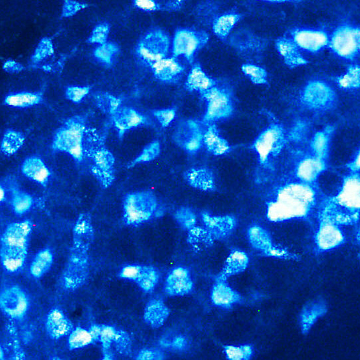Research Project

Michael Green
Current Appointments
Senior Research FellowKey Research Areas
Michael Green is a physicist and has been working in MRI for 10 years. Graduating from Flinders University with a PhD in electron scattering, he worked at Williams College, MA, USA in laser spectroscopy before joining NeuRA working on brain elastography in Lynne Bilston’s laboratory. Michael was appointed a senior research officer and has been a NIF Facilitation Fellow since 2009, working in the Rae Group coordinating other MRI research projects and specialising in MR diffusion analysis.
Publications
2022 Oct
Neuroanatomical correlates of social approach in Williams Syndrome and down syndrome
View full journal-article on http://dx.doi.org/10.1016/j.neuropsychologia.2022.108366
2022 Sep
Quality Output Checklist and Content Assessment (QuOCCA): a new tool for assessing research quality and reproducibility
View full journal-article on http://dx.doi.org/10.1136/bmjopen-2022-060976
2022 Apr
Brain mitochondrial dysfunction and driving simulator performance in untreated obstructive sleep apnea
View full journal-article on https://doi.org/10.1111/jsr.13482
2017
An Objective Short Sleep Insomnia Disorder Subtype Is Associated With Reduced Brain Metabolite Concentrations In Vivo: A Preliminary Magnetic Resonance Spectroscopy Assessment
View full journal-article on http://gateway.webofknowledge.com/gateway/Gateway.cgi?GWVersion=2&SrcAuth=ORCID&SrcApp=OrcidOrg&DestLinkType=FullRecord&DestApp=WOS_CPL&KeyUT=WOS:000417043000008&KeyUID=WOS:000417043000008
2017
Erratum to: White matter measures are near normal in controlled HIV infection except in those with cognitive impairment and longer HIV duration.
2017
White matter measures are near normal in controlled HIV infection except in those with cognitive impairment and longer HIV duration
2013
Diffusion tensor imaging enhanced anisotropic MRE of the brain
2013
Measuring anisotropic muscle stiffness properties using elastography
2012
Combining MR elastography and diffusion tensor imaging for the assessment of anisotropic mechanical properties: A phantom study
2012
Combining rheometry and elastography to understand large deformation soft tissue properties

